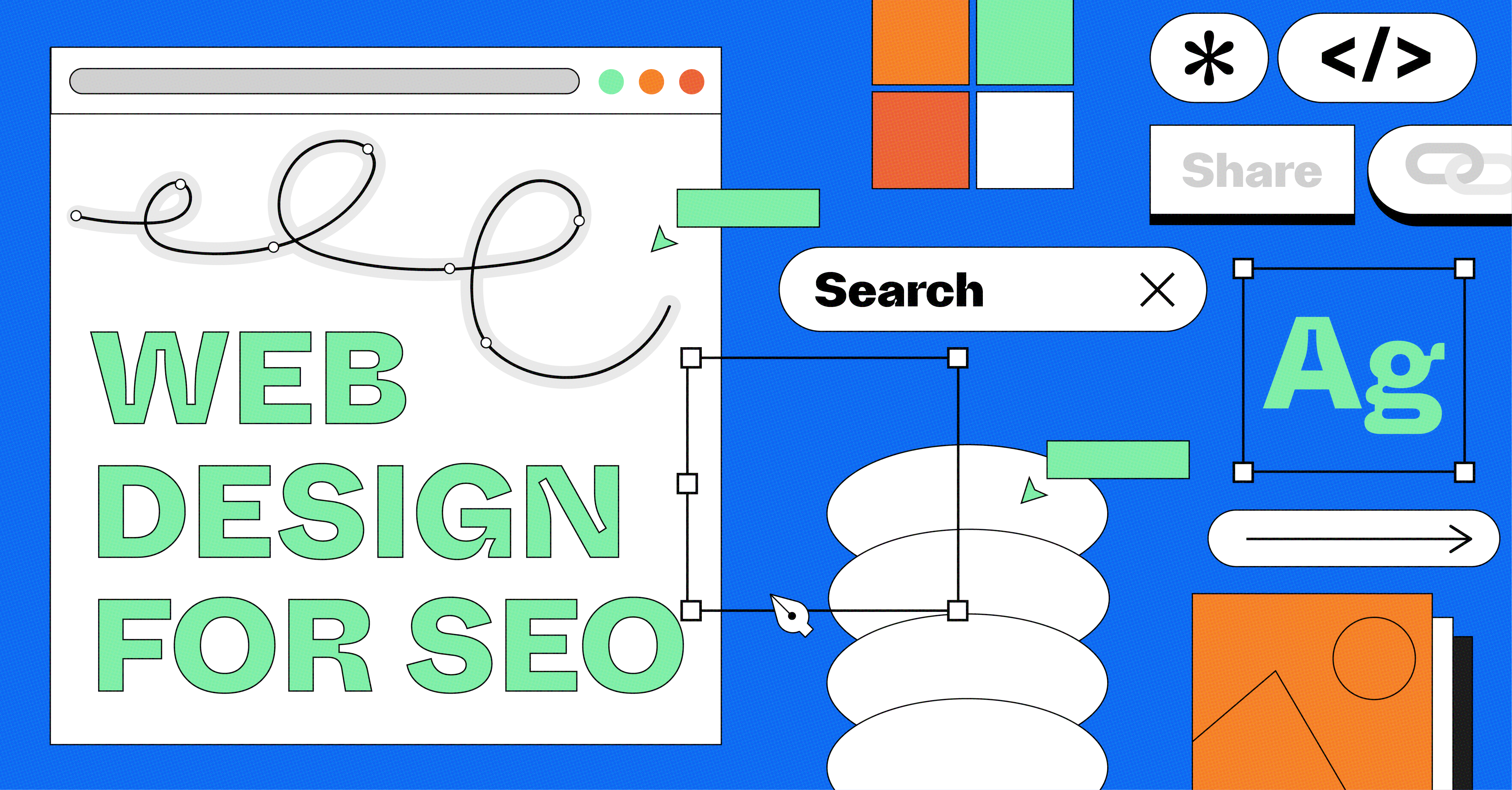3D Modeling , Digital Marketing , Marketing Trends , Business , Tech
The Power of 3D Modeling in Product Marketing
by Regina Manulid • July 14, 2023
Any product marketer worth their salt knows that showcasing a product in the best possible way is important. With so many brands and messages jostling for consumer attention, this is easier said than done. You probably already have a variety of tools in your marketing arsenal, but to take your product marketing to the next level, consider 3D modeling to help cut through the noise, attract customers, and increase conversions. Read on to learn the definition of 3D modeling, where and how it's used, and why you're going to need it for your future marketing efforts.
What is 3D Modeling?
Three-dimensional modeling, or 3D modeling, is a technique that uses specialized software to create a digital model of an object or scene in three dimensions. The digital model has realistic dimensions, attributes, and textures that reflect the real-world object as closely as possible. 3D modeling allows businesses to display and demonstrate their products in a visually appealing and interactive way, for various purposes such as architectural design or product prototyping.

Source: Lanterna Animation | RipeConcepts Inc.
What Makes Product Marketing Effective?
Product marketing is effective when it clearly shows a product’s value proposition to a target audience. It should answer questions such as:
- What problem does your product solve?
- Does your product solve the problem better than other options?
- What makes your product different from the competition?
- Why should customers choose your product over others?
Answering these questions, you need to create content that is persuasive and engaging. Tell a story that connects with the aspirations and needs of your customers. Your message needs to be clear and concise. The content, by whatever means, needs to be nothing short of captivating, and that can be easy to achieve with 3D modeling.
Stand Out with 3D Modeling
This is where 3D modeling comes in. Where stunning visuals are needed, this technology can deliver, showcasing products in realistic and immersive ways. 3D modeling may be applied in order to:
- Explain your product's functions and benefits
- Emphasize your product’s unique and distinctive qualities
- Demonstrate various options and customizations for your product
- Produce high-quality images and videos for your online platforms
- Engage your customers with interactive and dynamic features and more
Versatility and Cost Efficiency
For marketing purposes, building 3D models save time and money in place of traditional product photography, which can be expensive and time-consuming to produce. The 3D models may then be quickly changed and adapted to different markets and platforms. Whether it’s on e-commerce websites, social media, apps, or augmented reality, 3D models are cost-effective and highly versatile.
Many industries understand the benefits of 3D modeling in product marketing, and widely use the technology for their own purposes. Industries that use 3D modeling include but are not limited to:
- Gaming and Entertainment. 3D modeling has long been the domain of the gaming and entertainment industries, using computer graphics to create characters, special effects, and immersive worlds that capture the imagination of gamers and viewers.
- Automotive. Companies in this industry use product 3D rendering to present vehicle interiors and exteriors. This enables customers to explore features as well as options for customization.
- Fashion. In 2020, when people stayed home and prompted a boom in e-commerce, players in the fashion industry turned to virtual try-ons in lieu of in-store fitting rooms, and product 3D rendering instead of photoshoots.
- Furniture and Interior Design. Some companies allow customers to see how furniture would look in their own spaces through virtual showrooms.
- Real Estate: Before visiting actual locations, real estate customers may preview the property through virtual tours.
Staying On Trend with 3D Modeling
If you've been keeping tabs on digital trends, you'll notice that virtual reality (VR), augmented reality (AR), and the metaverse are steadily reshaping commerce as we know it. Fully immersive experiences are here to stay, and the consumer appetite for them can only grow from here. To forge ahead, companies must adapt and reach customers in these spaces, and 3D modeling will be your way in.
Popular 3D Modeler Software
To harness the power of 3D modeling in your product marketing strategy, it helps to know which tools to use. Here are some of the most popular software brands for 3D modelers:
- Autodesk Maya. A popular software for creating 3D models and animations that are used in many movies, games, and VFX projects.
- 3ds Max: Primarily used in the architectural visualization and gaming industries, 3ds Max offers powerful modeling, rendering, and animation capabilities.
- SketchUp. SketchUp is a software that helps architects and interior designers to create and edit 3D models with ease.
- Blender. A free and open-source software that provides a comprehensive suite of tools for modeling, rendering, animation, and more.
Final Thoughts
The landscape of product marketing is shifting, and 3D modeling can greatly benefit businesses in the marketing of their products. Cost-efficient and versatile across many platforms, it can provide enhanced visualization through a realistic and interactive format. It has become even more crucial with the growing popularity of the metaverse, as well as VR and AR experiences. In order to stay ahead, 3D modeling should be incorporated into your overall business strategy. For professional 3D services at a fraction of the cost, turn to RipeConcepts and email rc.connect@nagarro.com.

3D Modeling , Business , Design , Marketing





